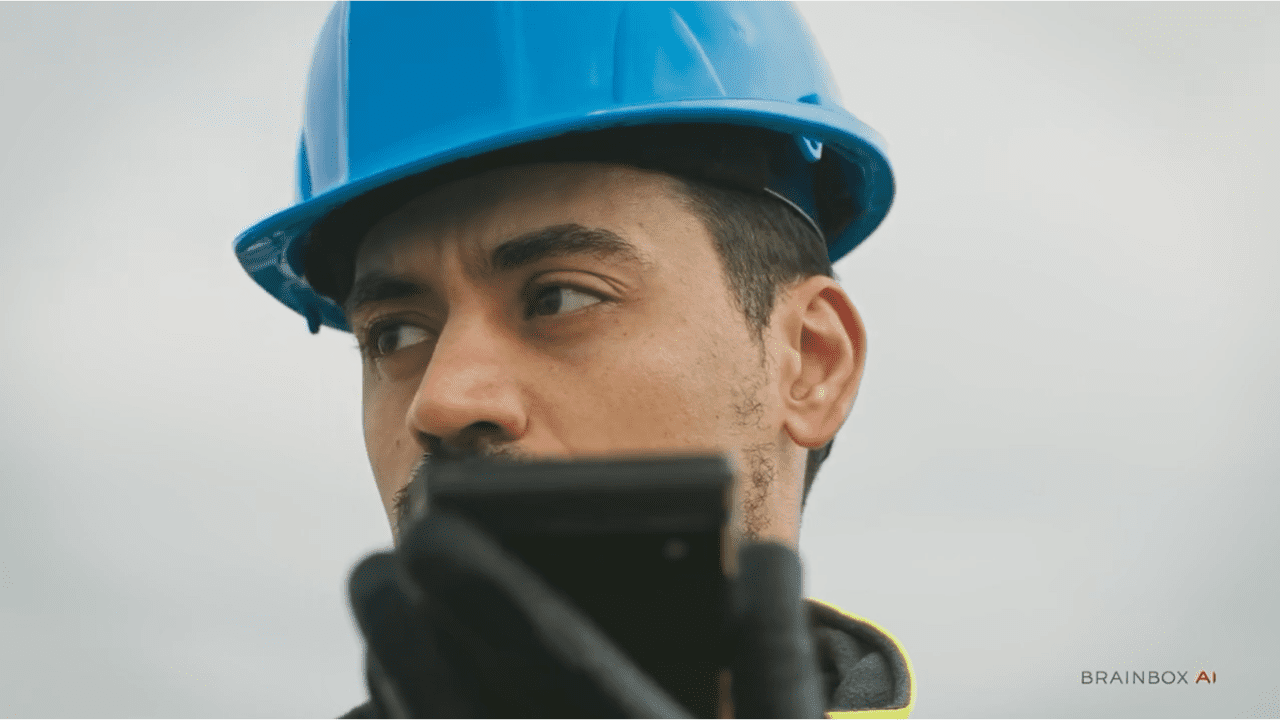TLDR
- BrainBox AI developed an AI building engineer LLM that technicians can ‘talk’ to if they want to find out what’s going on with the building’s systems.
- Called ARIA, the AI model has a chatbot interface that can converse through text or audio. Diagnose a malfunctioning HVAC or find out what an equipment error code means, just by talking to ARIA.
- The product was named one of Time’s Best Inventions of 2024.
Buildings need servicing and maintenance all the time, with technicians on call to diagnose a problem and apply a solution as fast as possible. But doing this manually takes time and money – while also inconveniencing those inside the building.
Wouldn’t it be amazing if the building can autonomously monitor itself and ‘talk’ to you to tell you what’s wrong with it? With BrainBox’s AI, it can.
Montreal, Canada-based BrainBox AI developed an AI building engineer to do just that. Called ARIA, or Artificial Responsive Intelligent Assistant, the AI model with a chatbot interface interacts with technicians to tell them what’s wrong – or what could soon need repairs based on system signals. The product was just named one of Time’s Best Inventions of 2024, in the sustainability category.
ARIA is a bit like Jarvis, the virtual assistant of Iron Man in the Marvel movies, said Jean-Simon Venne, co-founder and CTO of BrainBox AI, in an interview with The AI Innovator. “It’s always there, always present, never sleeps, and it’s going to be ready to serve you for whatever you need.”
BrainBox wasn’t starting from scratch. Since its founding in 2017, the company has used AI to make buildings autonomous. Its AI system could take data from a weather forecast, for example, to predict how hot or cold the building will be and adjust its heating or cooling accordingly. Its platform monitors the data coming from the equipment in buildings to diagnose, fix and maintain systems. But users had to interact with the building systems through a dashboard.
Then came ChatGPT in late 2022. BrainBox saw how easy it was to interact using an AI chatbot instead of a dashboard. It motivated them to add an AI chat interface.
“When OpenAI and the GPT world exploded, we looked at these large language models and (thought), ‘how can we use these large language models within our existing tech stack?'” Venne said. “We already have all the data. We already have the source of truth. We already know everything going on in the building.”
Simon and his team decided to train a large language model (LLM) – Claude 3.5 Sonnet via AWS Bedrock – with all the knowledge of a mechanical engineer, including topics such as thermodynamics and the dynamics of fluids as well as the workings of pumps, ventilators, chillers, boilers, valves and other parts. They also gave the manufacturers’ technical documentation to the LLM so it knows how to operate the equipment properly. The result was ARIA, which launched this year.
“So ARIA is digesting all that and taking the information from our tech stack, looking at how our building is operating right now, and analyzing all the time if the building is properly operated or there are weird things happening,” Venne said.
He added that ARIA can text or audibly speak to the user in seven languages, which is soon expanding to 21. Also coming soon is a choice of voices.

Conversing with ARIA via a smartphone app to ask what’s wrong with, say, the HVAC, is much more convenient to technicians because they don’t have to open up a laptop and find internet connectivity just to diagnose and fix a problem – while they’re perched on a rooftop, for example.
“Having it on your phone and being able to talk to it instead of typing anything is extremely efficient,” Venne said. (There are desktop and mobile tablet versions as well.)
For example, a technician is on a roof to diagnose a malfunctioning piece of equipment. He can ask ARIA to show him its performance for the last six hours or the last few days – the trend data. He can also ask ARIA to interpret an error code that he sees on the equipment, based on the manufacturer’s manual that ARIA was trained on. With the old way, “he has to go back down to his truck, (open) the (manual) which is somewhere in his truck, and basically (look for) error code 701,” Venne said.
With ARIA, the technician also can be diagnosing the problem while driving to the site. ARIA can analyze the situation and then tell him how it can be repaired. If a part needs to be replaced, ARIA can tell him to look for the part number – before the technician even sets foot in the building.
Mitigating hallucinations
How does ARIA avoid hallucinations, or inaccuracies, which is a persistent problem in generative AI?
“That was a challenge. The first secret of the recipe here is you need to make sure that the data you’re using is accurate,” Venne said. Then, “we force ARIA to use only the data that is on our database, and we know that that data is accurate.”
Sometimes AI models don’t know the answer and they will make things up. Venne said the trick to avoiding them is to let the AI model admit ignorance. “You have to allow the model, if it doesn’t have enough information, to say, ‘I’m very sorry, but I don’t have enough information.'”

